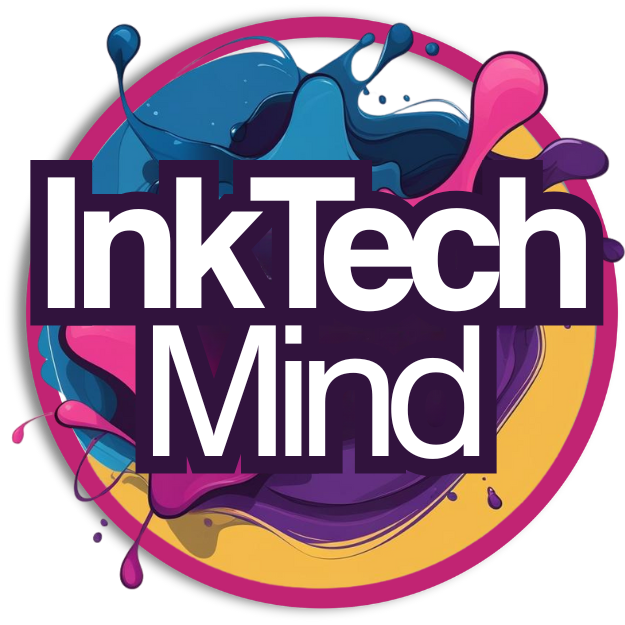Tomorrow’s gadgets just filed their RSVP.
Apple just blew the doors off on-device AI. This week, the company rolled out its first wave of Apple Intelligence features with iOS 18.1 and macOS Sequoia updates, pushing generative smarts onto iPhones, iPads, and Macs. No cloud detour for your data. The headlines: a turbocharged Siri that finally listens like it means it, system-wide writing tools, image generation that doesn’t look like a fever dream, and a Private Cloud Compute fallback that keeps your secrets… well, secret. The catch? You’ll need Apple’s newer chips, because all this runs on-device. Old phones are invited to the party, but only to stand by the punch bowl.
Meanwhile, OpenAI quietly flipped the switch on its GPT Store going global and cheaper, with better tools for devs to build custom assistants. Think: plug-and-play brains for everything from spreadsheets to storyboards. Microsoft followed with a Copilot update that can watch your workflow and summarize the mess like a polite intern with perfect recall. And Google’s Gemini got a speed boost and better grounding, because hallucinations are cute in toddlers, not in tools deciding your calendar.
Then there’s the chip plot twist. Nvidia’s new Blackwell-based systems started landing in hyperscale data centers—massive power, less power draw. Translation: more AI per watt, fewer accountants fainting at the electricity bill. Qualcomm and MediaTek announced next-gen phone chips that bake AI into the silicon, so your pocket computer can remix photos, translate calls in real time, and still survive the day without crawling to a charger at 3 p.m.
On the robot side, Amazon said its wheeled warehouse buddies are multiplying, and Tesla teased Optimus updates again—lighter, steadier, less “about to fall over in a museum.” Boston Dynamics showed its electric Atlas rolling out with ballet-core balance. Industrial bots are learning soft skills: pick, place, and don’t smash the tomatoes.
Now stitch it together. On-device AI means your phone drafts the email, fixes the tone, and generates the graphic without tattling to a server farm. Smarter chips make that possible. Cloud AI gets cheaper and more modular, so every small app can feel suspiciously smart. Robots leave the demo stage and actually do Tuesday’s work. The connective tissue is privacy, latency, and cost: less lag, fewer leaks, lower bills. Also, fewer excuses.
This is 2026 sneaking in early. Your calendar will summarize itself. Your photos will become searchable memories, not a junk drawer. Spreadsheets will whisper the trend before your boss asks. Headsets will translate the world on the fly, and cars will negotiate traffic with the confidence of a New York cyclist who pays taxes.
Will it be perfect? No. Will it be useful? Painfully. The biggest shift isn’t that machines “think.” It’s that they’ll sit in the loop—quiet, constant, boringly helpful. Like a power outlet for decisions.
So yes, the tech that changes everything in 2026 is already in beta on your phone, quietly reducing your screen time by doing the screen time for you.
Update now. Brag later.

